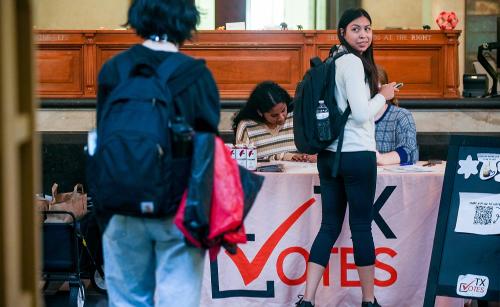Congress is becoming more polarized, in part, because of the manner in which we select nominees. The Congressional primary process is structured in ways that ensure that a small segment of a party (often composed its more extreme elements) is choosing who to run for office. In gerrymandered districts, those extreme nominees often prevail.
In a new paper, Elaine Kamarck profiles some of the reasons why nominees and Members of Congress are increasingly extreme and polarizing. She reviews how low turnout, the views of those who do turnout, the timing of primaries, and the groups that participate all contribute to a more polarized Congress.
The paper goes a step further and engages some of the reform efforts that have emerged over the past decades that sought to fix this political problem. From open primaries to jungle primaries to non-partisan redistricting commissions, many states have heralded their changes as the path forward. Kamarck effectively reviews the research on these efforts and explains why they have failed to fix polarization.
Ultimately, she argues that turnout—or lack thereof—in Congressional primaries is the true culprit, and reform efforts that fail to affect who votes and how many people vote will have little influence on polarization. In the end, Kamarck argues that one of the best ways to boost turnout may well be one of the hardest efforts: a national primary day.
By holding all Congressional primaries on the same day every two years, media attention will be focused, voters will have an easier time remembering when primary day is held, and resources will be focused not on a seven month span, but on a single event. Kamarck argues that such changes may be key to driving more voters to the polls and more ideological officials from office.
Click to read, “Increasing Turnout in Congressional Primaries”


Commentary
Turnout in Congressional Primaries & Rising Polarization
July 29, 2014